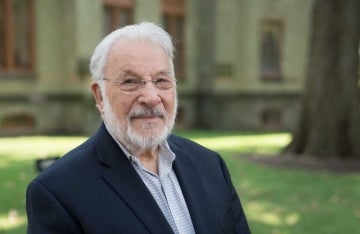In Memoriam: Paul Messaris, Visual Communication Scholar and Beloved Mentor
Professor Emeritus Messaris, also an Annenberg alum, passed away last week.

In the student films he directed, Paul Messaris made undergrads into cult worshipers and ninjas, turned a dean into a vampire, and staged more murders than your average Mafioso — and in the process, transformed lives.
Messaris, the Lev Kuleshov Emeritus Professor of Communication, passed away last week at the age of 71 after a short illness. An alumnus of the school, Messaris also spent 40 years on the Annenberg faculty, from 1978 until his retirement in 2017.
Socrates Paul Messaris was born in South Africa in 1947, and raised in both South Africa and Greece. He received his bachelor’s degree in Economics Phi Beta Kappa from Princeton University, and then followed his passion for film and visual arts to the Annenberg School for Communication at the University of Pennsylvania, where he pursued his masters and doctorate degrees under Professor Larry Gross. Messaris was also heavily influenced by Professor Sol Worth, who was in many ways the patriarch of the school’s focus on visual communication.
For Messaris’s 1975 doctoral dissertation, “Interpretational Styles and Film Training,” he studied the ways that experience in film making influenced the ways that viewers interpreted film narratives. In other research projects at that time he investigated class differences in how families watch television, and how parents interact with their children when watching together.
As Messaris was ending his graduate studies, Gross encouraged him to take any course he found interesting, regardless of its relevance to his degree. Messaris chose a class on Japanese fiction, and he loved it. Pursuing one’s interests, no matter how seemingly unusual, was a lesson Messaris imparted to generations of students.
It may have made an impact on one of his students at Queens College, where Messaris began as an assistant professor in 1975. There, Messaris recalled listening to the comedic ambitions of student Jerry Seinfeld.
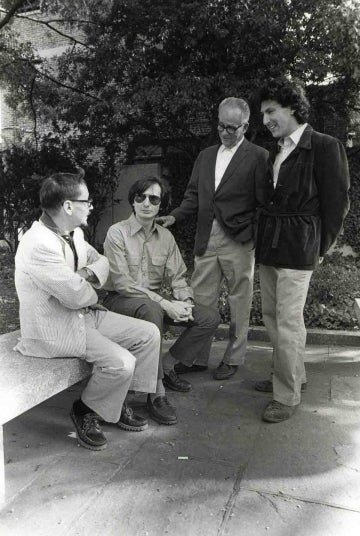
Following Worth’s sudden death in 1977, Messaris was hired back to his alma mater to carry on Worth’s legacy and approach to understanding visual images in society and communication.
Messaris became one of the preeminent scholars of visual communication and how people make sense out of visual language. His books Visual “Literacy”: Image, Mind, and Reality (Westview Press, 1994) and Visual Persuasion: The Role of Images in Advertising (Sage, 1997) are classic texts in the field. In them, Messaris maintained a central focus on the psychology of perception and the way meaning is constructed through images.
In the books, he explores “syntactic indeterminacy,” the idea that unlike words, images do not convey precise relationships between concepts. The cognitive effort people must make to find meaning in the visuals is what makes them engaging.
Messaris is also known for applying the semiotic concept of “indexicality,” the idea that when we see realistic images, we believe that something must have taken place to create that image. For example, a photograph of a cheating spouse has vastly more believability than a drawing of the same. Put in more recent terms, why do we take selfies that show us at the top of a mountain or enjoying an exotic vacation? Indexicality.
Messaris is also the co-editor, with Lee Humphreys (Ph.D. ’07), of two valuable editions of Digital Media: Transformations in Human Communication, published by Peter Lang in 2006 and 2017. While the earlier edition was a collection of essays about how the internet was shaping communications, Humphreys credits Messaris with having the foresight to look beyond “internet” in naming the book. By 2017 and the advent of smartphones and social media, “digital media” remained a relevant, and even obvious, way of viewing the topic.
Messaris taught numerous courses in visual communication throughout his time at Annenberg. While Messaris did not teach Annenberg’s film and TV production courses for Master’s and Ph.D. students in the 1970s and 80s, in the 1990s, he had the idea to extend film production courses into the undergraduate program. In “Visual Communication Lab,” students learned every facet of the filmmaking process, from shooting and editing to developing a marketing campaign for their short film. It was a much-loved course he taught for more than 20 years.
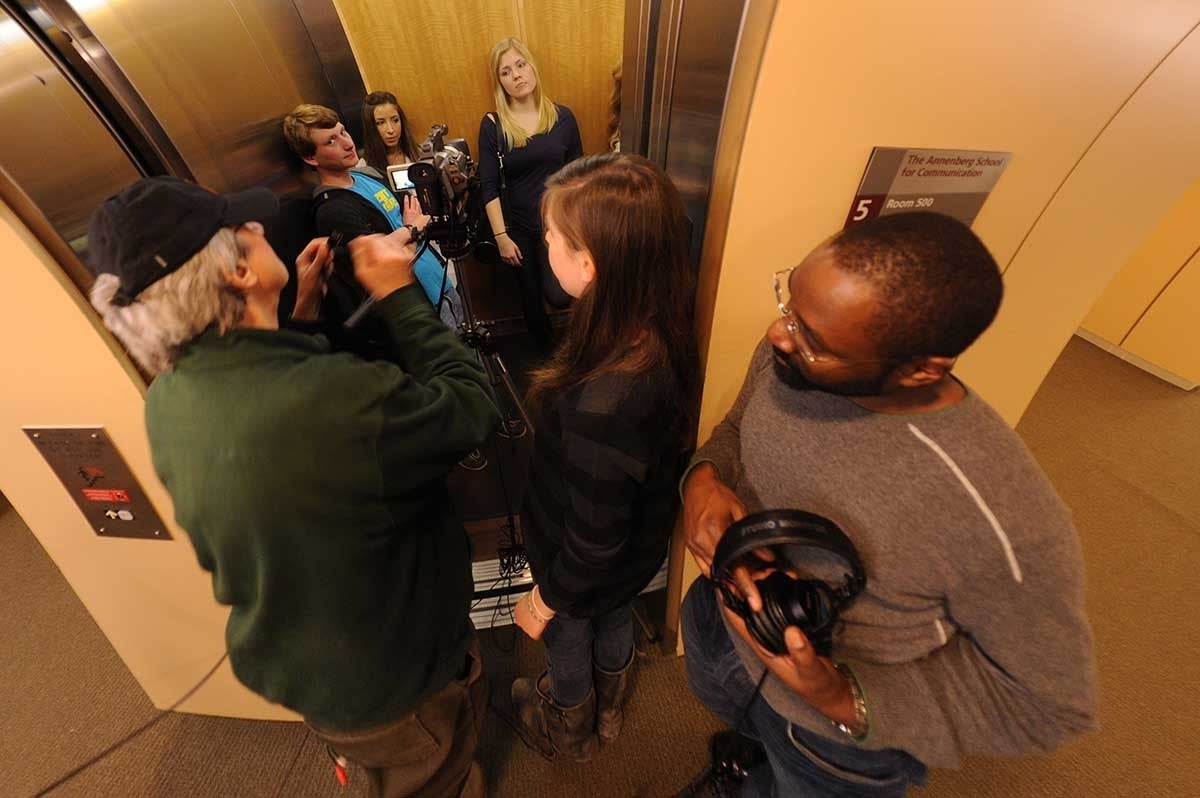
“The students got a truly hands-on — and yet still theoretically-informed — experience taking a narrative film from concept to mediascape,” says Annenberg School Dean John L. Jackson, Jr., who co-taught the course with Messaris in 2011. “The course was his idea, and it was such a powerful example of how holistically he approached his work in the classroom.”
In the classroom setting, Messaris cared about putting on a good show. He came to class with bags of carefully-cued VHS tapes and DVDs to complement his PowerPoint slides. He lectured with theatrical energy, walking around as he spoke and gesturing emphatically to his points. When attention might start to wane, he would use video clips to pull students back in.
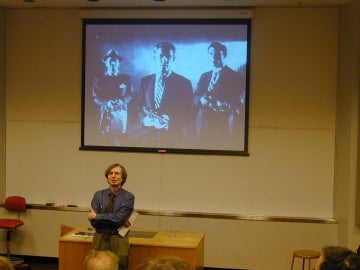
In 1998, Messaris worked with the School of Engineering and Applied Science and Penn Design to develop the Digital Media Design interdisciplinary major, one of the early programs to focus on computer graphics, animation, and games. For years, this major brought engineering students to Annenberg for coursework.
In private conversations with his students, Messaris was a tremendous listener, allowing them to speak their minds uninterrupted before weighing in. He was interested in encouraging their enthusiasms, even — or especially — if they went down unusual paths. Many of them credit him for altering the course of their lives and shaping their careers.
Messaris was known for a scalpel-like critical eye and a fluently clear writing style. He had no appetite for jargon or opacity.
“Overall there was an element of precision in his thinking — he was deliberate, careful, precise — which also helped make him a good writer,” says his doctoral advisor Larry Gross, now Professor of Communication at the University of Southern California’s Annenberg School for Communication and Journalism. “That same skill translated into his teaching. In class, students don’t have the benefit of stopping to re-read a sentence, and Paul would conduct them through a line of argument in a clear fashion that they could readily follow.”
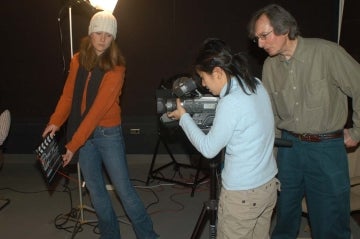
He was an intensely private person who often worked late into the night in his scrupulously tidy office.
He was well-read across disciplines and relied upon by colleagues and students to ground research in the right theoretical framing. He also was known for his strong points of view and was uncompromising in his takes on academic theory.
“He was independent-minded and tolerated no cant,” says Professor Robert C. Hornik, who joined the faculty along with Messaris in 1978 and enjoyed lunch with Messaris and Professors Charlie Wright and Ray Birdwhistell just about every day for the first year. “He would say what he thought about things, and even when I didn’t agree, I completely trusted the honesty of his judgement.”
Messaris was passionate about cinema, and was known to offload bags of watched VHS tapes and DVDs on his students. He voraciously consumed the full spectacle of the visual world, from the high art cinema of Stanley Kubrick, Akira Kurozawa, and pioneering Russian filmmaker — and his endowed chair namesake — Lev Kuleshov, to the popular genres of action, horror, music video, zombie films, and Bollywood. He relished the opportunity to banter with fellow film buffs.
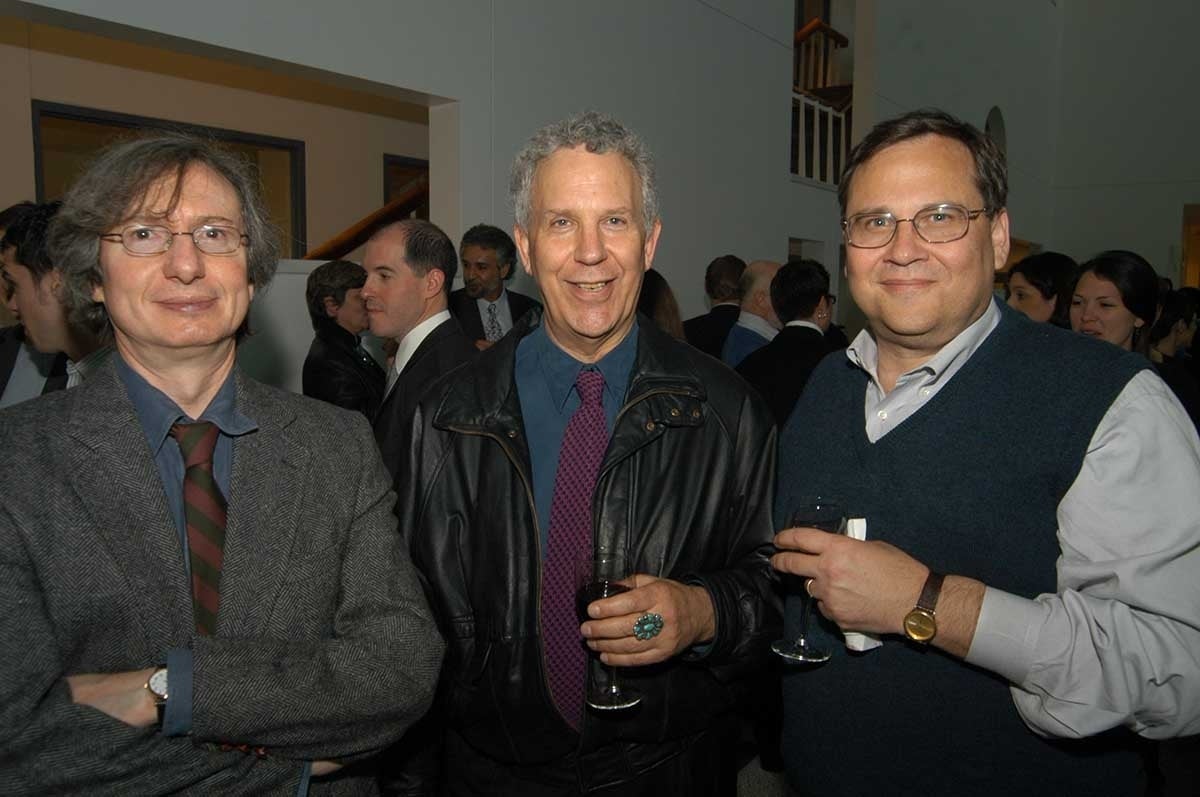
In 2008, he made his own film, The Harmful Effects of Violent Movies, which was a satirical portrayal of academic research. It was a best-feature nominee at three film festivals.
He also created Visual Inquiry, a now-dormant blog that discussed visual communication topics.
Upon his retirement in 2017, the school’s basement media lab — a space where Messaris had shot many of his films and spent countless hours editing — was renamed the Paul Messaris Media Laboratory in his honor.
He is survived by his wife Carla Sarett (Ph.D. ‘81), his brother Stefanos Messaris, and a niece.
“Paul Messaris was such an inspirational colleague, both as a scholar and as a teacher,” says Dean Jackson. “His passion for key questions about visuality and the power of images was infectious. He truly cared about what he researched and taught, and his students appreciated that. Taking a class with him challenged some of what they most took for granted about watching media of any kind.”
There will be a memorial service held for Messaris in September, 2019. Notes of condolence can be sent to the Annenberg School for Communication, Attn: Paul Messaris condolences, 3620 Walnut Street, Philadelphia, PA 19104 or emailed to condolences@asc.upenn.edu and will be forwarded to the family.

